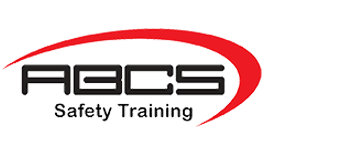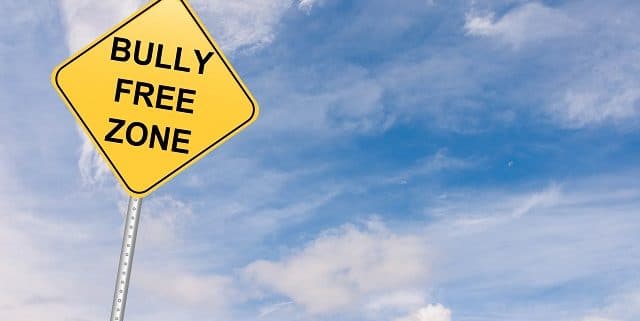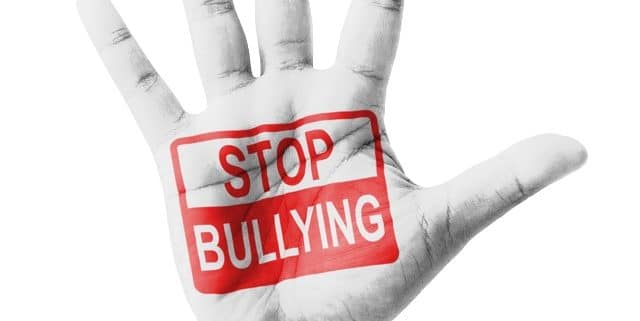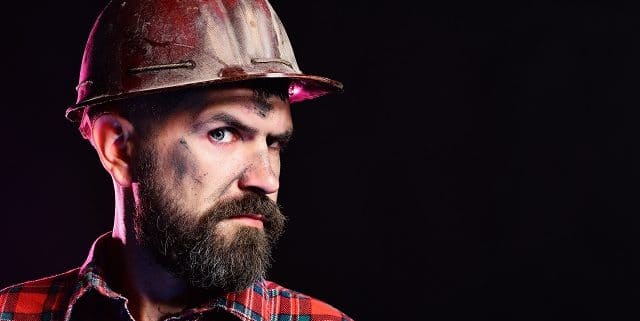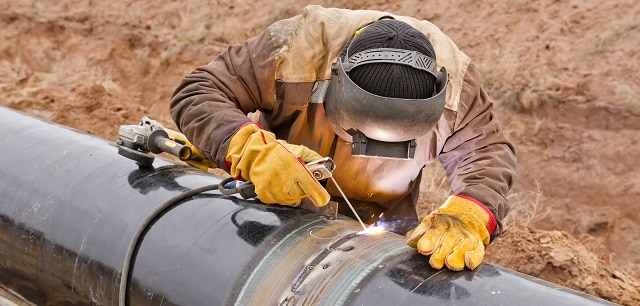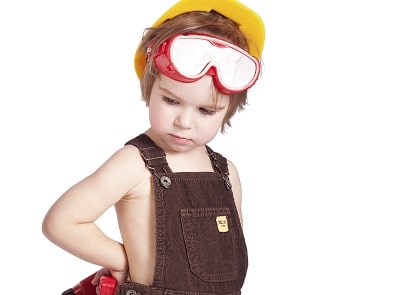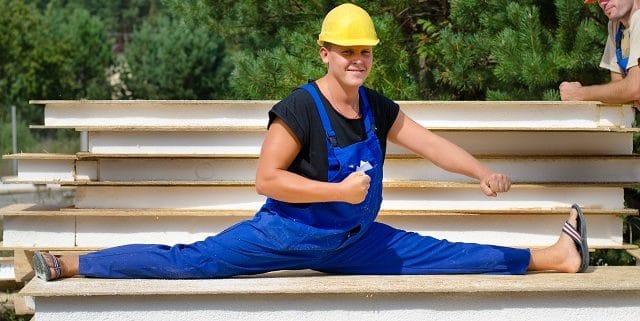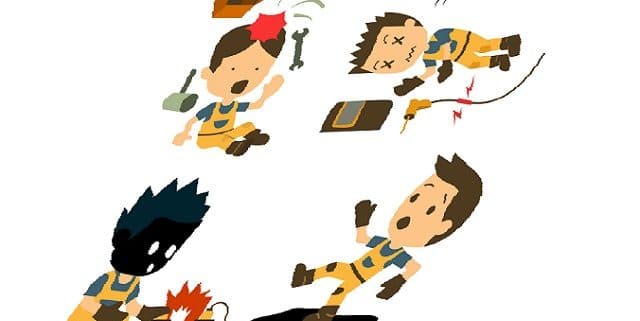Workplace Bullying – Part 2
There are a few ways you can put a stop to bullying. Depending on how comfortable you are with speaking directly to the person bullying you, you could first try to ask them to stop. I know in some cases this is not an option but sometimes a worker may not be very self aware. Maybe by you bringing it to their attention, they may stop. However, if you are too uncomfortable or intimidated to speak to them directly, you could think about bringing a supervisor, union member or a neutral coworker to address them. If you are still too uncomfortable, you need to report it. If you witness someone being bullied or you’re being bullied, you need to report it to your supervisor. Every company has a different bullying or harassment policy. If you feel that nothing is being done, please don’t be afraid to take it directly to HR or your union. Unfortunately sometimes it’s not just one bully but a group, which could include foreman or supervisors. If you need to, go above them. Keep a timeline, documenting all the incidents. Please don’t stop talking about the bullying and reporting it until proper actions have been taken. Employers should not be ignoring any harassment allegations. At no time is retaliation acceptable. Make sure to follow the proper steps.
A worker being bullied will most likely take it home with them. That could cause them to be withdrawn, isolated, have low self-esteem, not eating or sleeping, physical symptoms like stomach aches and headaches, and self destructive behaviour. A worker being bullied is also more likely to get injured at work or overlook hazards for other workers. So, if you have the attitude that someone else being bullied does not affect you… you couldn’t be more wrong. It affects all of us. So do your part and report it. It’s a pretty easy concept that we’ve all learned at a very young age… Treat others how you would like to be treated, it’s that simple.
